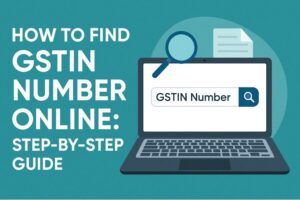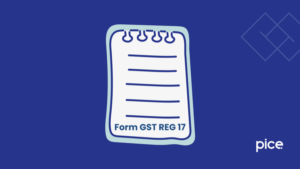Tax Invoice Format in Excel
- 4 Dec 24
- 7 mins

Tax Invoice Format in Excel
Key Takeaways
- GST invoice formats ensure compliance and streamline tax documentation.
- Customizable templates provide professional and error-free invoicing.
- Key transaction details like tax rates and HSN codes are included.
- Excel formats enable offline accessibility and easy editing.
- Transparent invoices improve client trust and billing efficiency.
Downloadable tax invoice templates help sellers send payment reminders to buyers by specifying tax breakdown details, total amount payable, and other crucial details. GST-registered suppliers must issue such an invoice for compliance and record-keeping. Furthermore, because it includes essential invoice elements, it aids recipients in claiming tax credits.
If you are a seller, you can use a tax invoice format in Excel to issue the invoice to your recipient. As it is not an online invoice generator, you can access it seamlessly without internet availability. However, to share the invoice with your customers after the invoicing process, you can use various internet-connected modes.
What Is a GST Invoice Format?
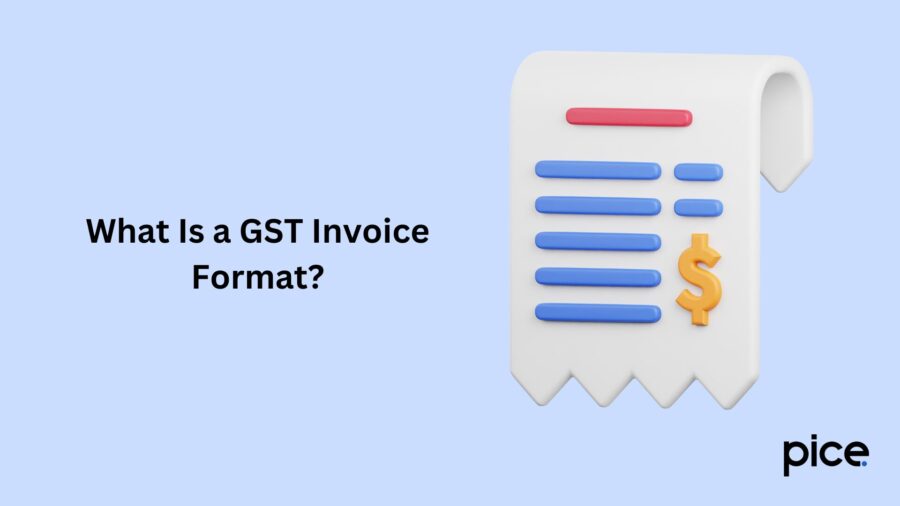
GST-compliant invoice format entails essential details, including the applicable taxes that an invoice needs to incorporate under the Indian GST system. Such professional invoices include supplier and buyer's information, product description, invoice number, tax rate and amount, and bill total after applying taxes and discounts.
GST-registered businesses need to mandatorily issue such an invoice to provide detailed information to recipients.
Highlights of Invoicing Format on GST
Here are the highlights of the invoicing format on GST:
- These formats are free of cost.
- Using these templates allows automatic calculation of subtotal and grand total.
- You can utilise the range of options and alternative options to customise your invoices based on business needs.
- These invoices include all elements of GST invoice templates, formatted professionally.
- As these are printable invoices, you can use such invoices for seamless payment collection from customers.
Tax Invoice Format in Excel
The image below depicts a sample tax invoice format in Excel:
Details to be Captured in the GST Tax Invoice Format
A GST Tax invoice format needs to capture the following details:
- Company details such as name of the company, address, ZIP code, contact details and email address
- Client details including name, contact number and address
- Invoice number
- Description, cost, quantity and amount due of the goods or services supplied
- Applicable GST rate and amount followed by the total amount
- Bank account details such as name, IFSC code and account number
- Payment terms and conditions followed by the due date of payment
Who Should Issue a GST Invoice?
According to GST regulations, a registered taxpayer supplying goods or services needs to issue an invoice to another registered taxpayer. However, there are some exceptions, as follows:
- You do not have to issue a GST invoice if the value of supply is less than ₹200 and you supply goods or services to an unregistered buyer.
- Under the Reverse Charge Mechanism (RCM), the buyer has to issue the invoice.
Key Components of a GST Invoice
The following are the key components of a GST invoice:
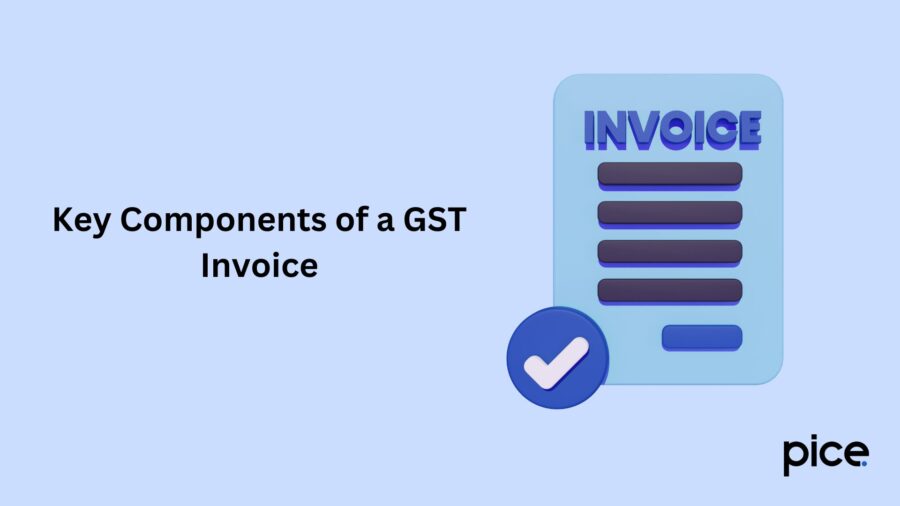
Supplier Information:
For accurate business details identification of the company selling goods and services, the billing templates need to mention the name, GSTIN (GST identification number) of the company, and company address.
Recipient Information:
The name and address of the recipient (customer details) need to be mentioned on the invoice. If the buyer is a registered taxpayer, you need to mention GSTIN additionally.
Invoice Numbering and Details:
Invoice details include invoice number and invoice date that helps track such invoices for accounting and tax purposes. Ensure that the challan number is unique for a particular financial year. In addition, specify the place and time of supply to understand the applicable GST, such as CGST, SGST or IGST.
Item Description and Product Details:
You need to mention the product/service description, quantity of goods sold, and their cost. Further, you need to mention the HSN code for goods and the SAC code for services, followed by the total taxable value before and after applying GST.
Tax Details:
Ensure to mention the applicable tax rate for the calculation of taxes. Mention the tax amount followed by the total amount payable after tax for the calculation of totals.
When Can You Issue an Invoice Without GST?
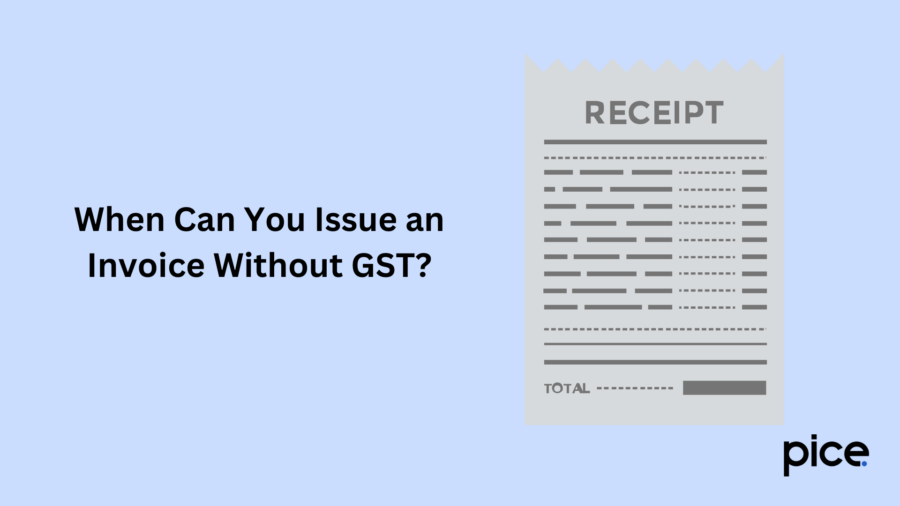
Here are the conditions when you can issue a non-GST invoice or a simple invoice:
- If you deal with exempt sales or supplies, you do not have to collect GST on invoices.
- Under RCM, you do not have to pay GST as a seller, thus you can issue invoices without GST.
- If you are registered under the composition scheme, you can issue a bill of supply without GST.
- As a seller, if you deal with an interstate supply of services and goods amounting to ₹50,000 or less in a year, you do not have to charge GST on accurate invoices.
Conclusion
A tax invoice format in Excel is a detailed tax invoice that makes the issuance of GST invoices easier. Sellers can seamlessly choose a format and maintain it for uniform invoice generation for various clients. It eliminates hand-delivering invoices while maintaining records of the invoices sent. This contributes to hassle-free accounting for the company during the tax period.
Ensure that your invoice includes all the necessary fields that clarify business transactions to your clients. This enhances transparency while ensuring tax compliance and eliminating daily billing errors in the entire billing process.
💡If you want to streamline your payment and make GST payments, consider using the PICE App. Explore the PICE App today and take your business to new heights
 By
By 









